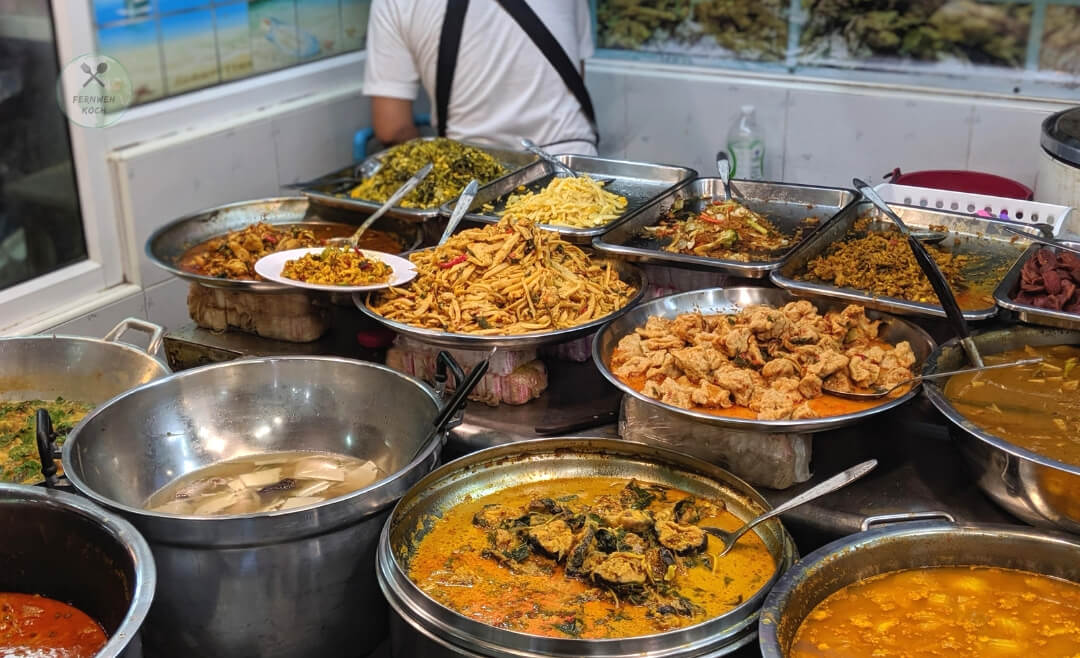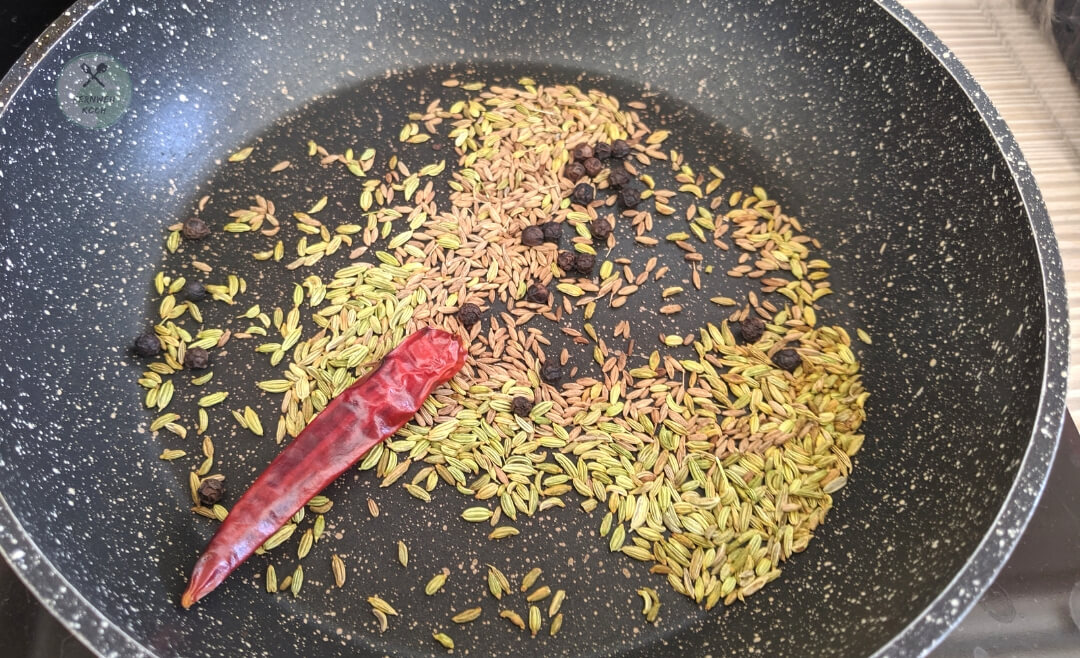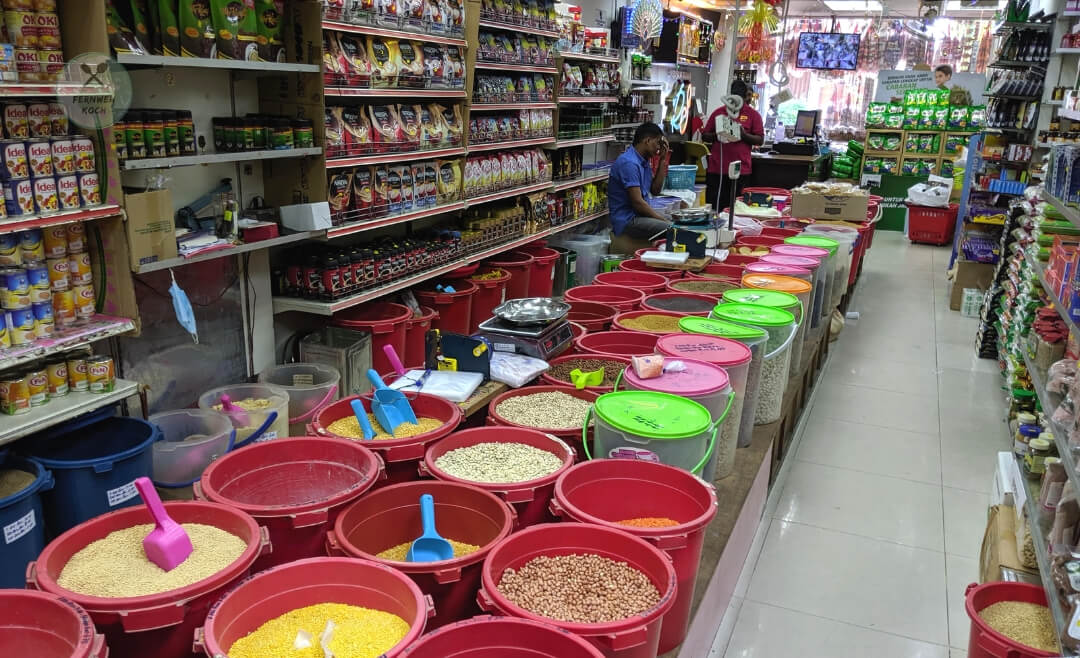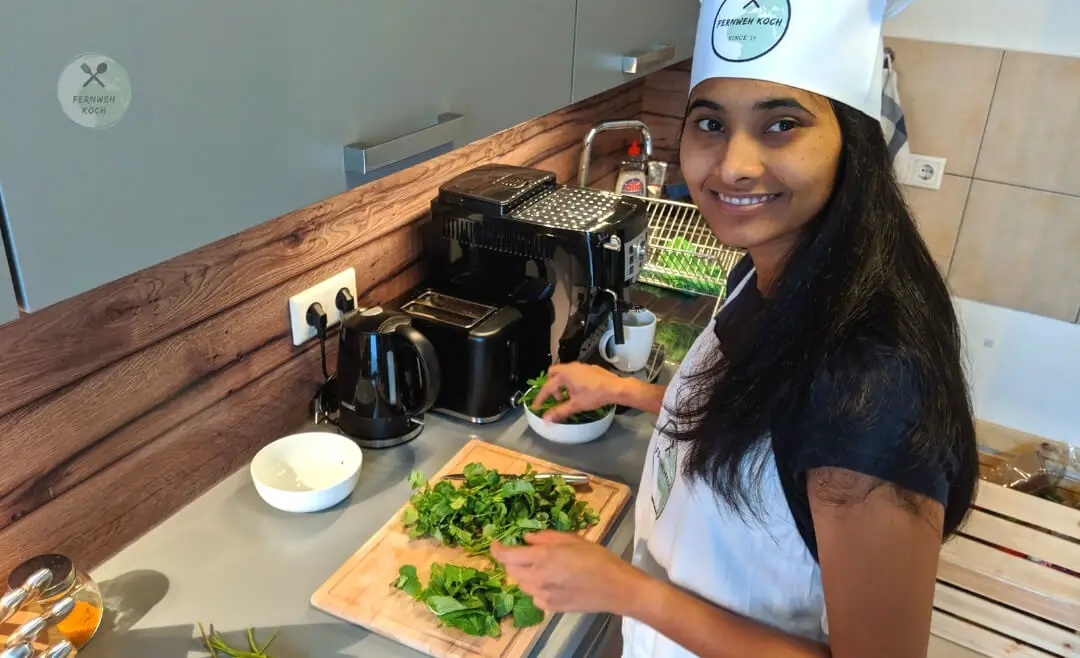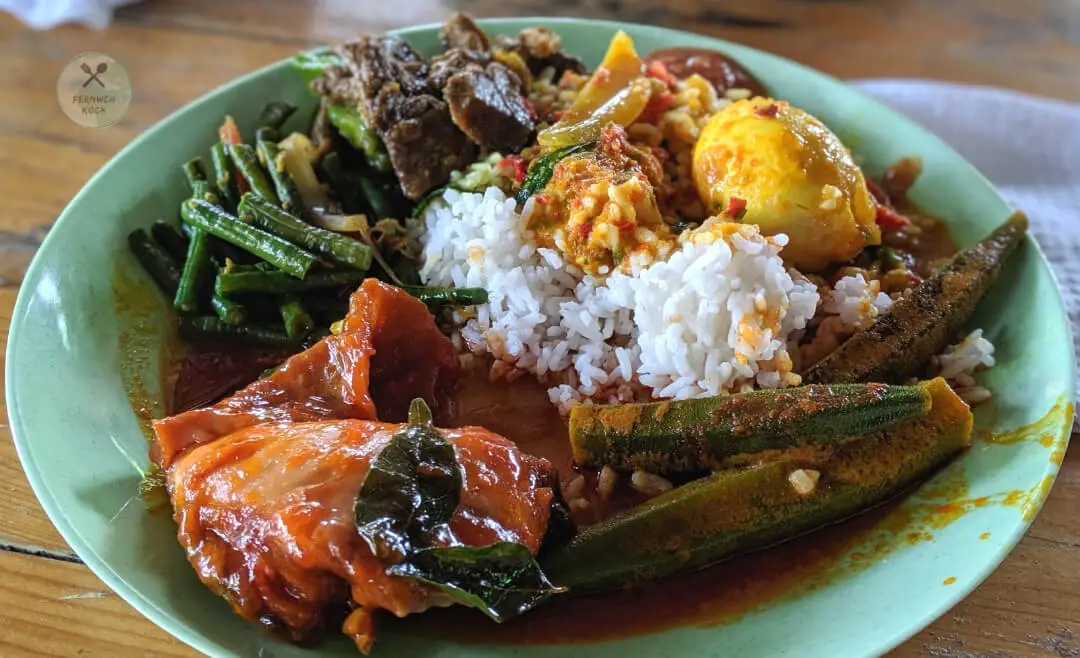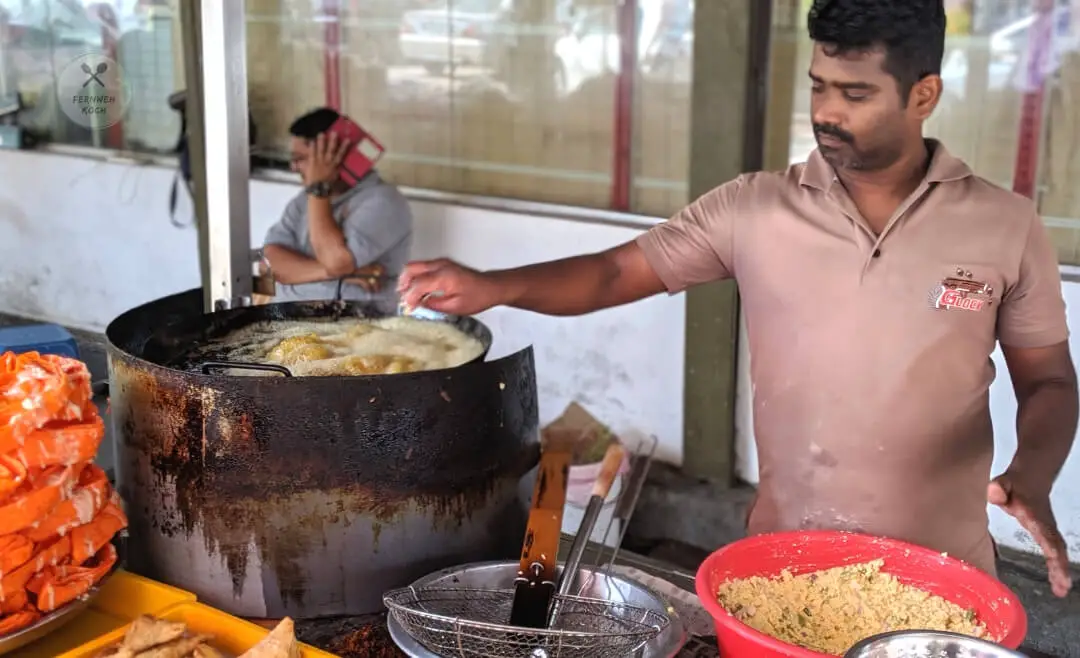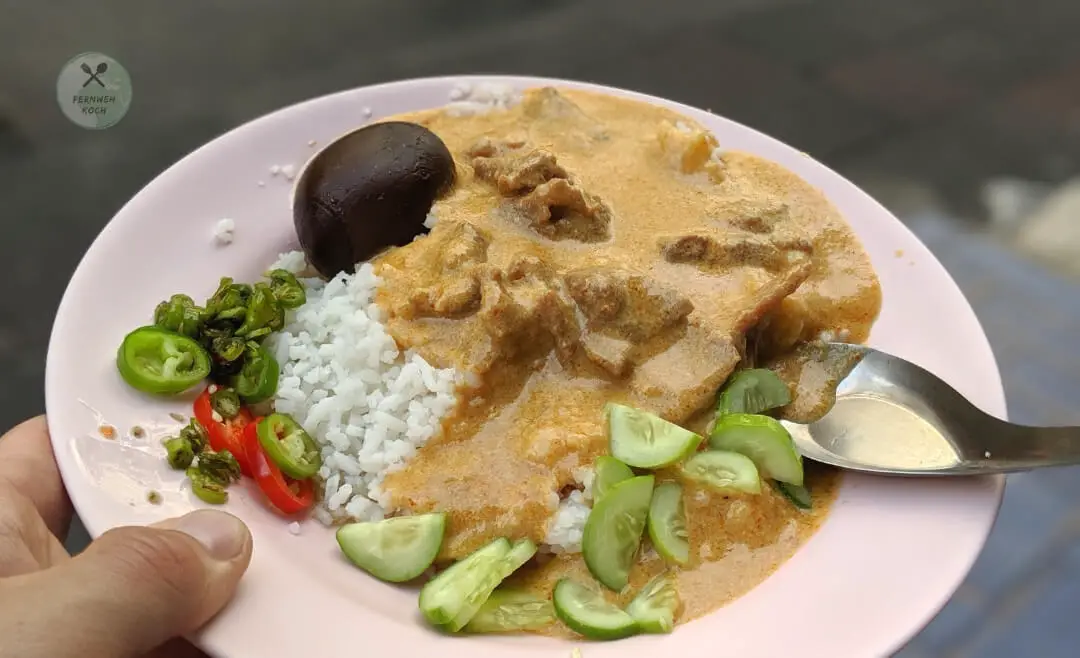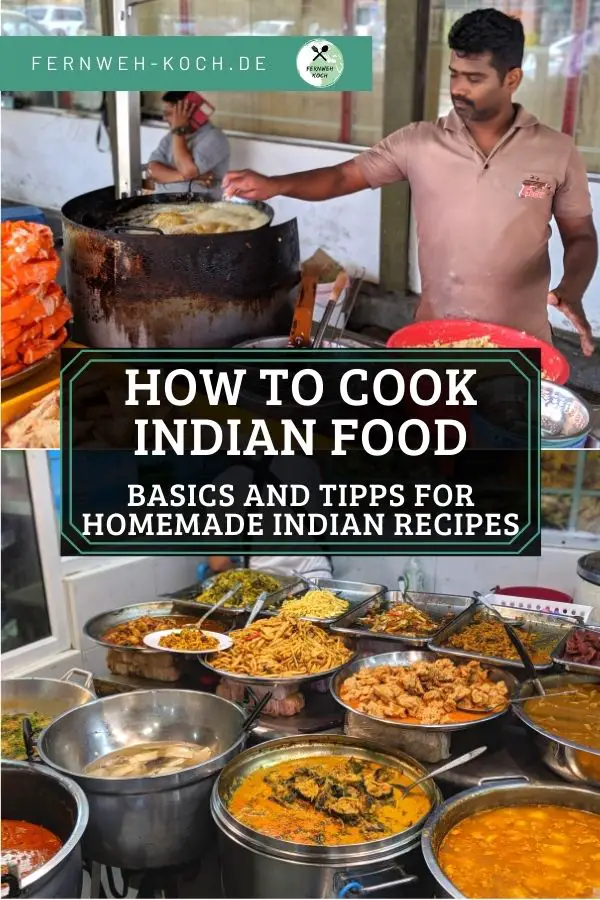
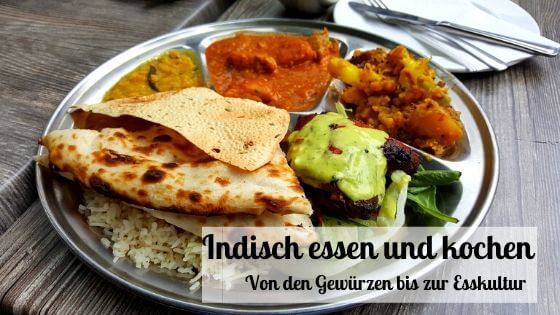
India
Kitchen Class
Eat & Explore
Indian food came to Europe about 30 years ago through travelers and the spread of Ayurvedic healing arts. Nowadays there is actually at least one Indian restaurant in every major German city. But Indian cooking is not as difficult as one often believes. You just need a little more time and the right Indian spices.
What these are and more tips for Indian food you can find out here.
Indian food came to Europe about 30 years ago through travelers and the spread of Ayurvedic healing arts. Nowadays there is actually at least one Indian restaurant in every major German city. But Indian cooking is not as difficult as one often believes. You just need a little more time and the right Indian spices.
What these are and more tips for Indian food you can find out here.
Cooking Indian food – About spices and culture
Since we here at Fernweh Koch have been cooking and eating Indian food more often, I myself have come into contact with many Indian spices, which I had hardly noticed before. I have to admit that I myself have mostly worked with spice powder or even one or the other spice mixture, especially when it should be easy and quick.
So while Pragya has been preparing delicious Indian recipes like Chana Masala or Pav Bhaji in the last few weeks, I have been more involved with Indian cuisine and spices from India. Typical dishes, how to eat and which are the most important spices, for example, to try Indian curry recipes, I will show you here.
EA selection of Indian curries at the street stand
Use of the Indian spices
The first thing I noticed about Indian food is the many fresh spices that are used. These are mostly whole seeds, leaves, roots, etc. This has the advantage that they release essential oils during the preparation, for example during toasting, which provides a much more intense aroma. Other things I should pay attention to:
- Buy fresh spices and store them airtightly sealed in cans and jars
- Dare to roast some spices dry for a short time before preparation to release more aroma
- Use a mortar or chopper to make your own individual spice mix.
- Make sure the spices are of good quality. Maybe you are lucky and have an Asian store or Indian market in the area.
- Otherwise, you can also click on the pictures in the article and order the spice on the internet.
Indian spices develop their aroma during roasting
The most important Indian spices
To give you an overview of the variety of spices in Indian food, I have listed the most used Indian spices in alphabetical order. If you like, you can buy Indian spices for your next cooking session directly by clicking on them and support me a little bit.
Indian spices can be bought in the supermarket from buckets
Fenugreek – In Indian food both the small yellow seeds and often the fresh or dried leaves are found. The herb is said to have a health-promoting effect due to its high content of iron and calcium. The seeds are best roasted briefly and then crushed in a mortar.
Chili – Indian food is often very spicy, which of course is partly due to the chili. There are many uses for them, both red and green, fresh or dried. In addition, there are numerous varieties, which are differently hot. The sharpest are usually the seeds, which you should remove if you like it milder.
Curry Leaves – The curry leaves are not to be compared with the curry powders that are widely used in our country. The powder itself is not available in India and Pragya looked at me a bit questioningly when I asked about it. The curry leaves remind me a bit of laurel and are often only available in Indian stores. But you can cook the dried leaves similar to laurel in dals, relishes and curries.
Fennel seeds – Strictly speaking, the seeds are actually the fruits of the fennel. They have an intense, somewhat sweetish taste similar to aniseed. To prepare Indian dishes like curry, you should first crush the seeds and then toast them with other spices. They give your Indian food a nice sweet note. By the way, fennel seeds are often also a component of Garam Masala* and the Chinese 5-spice powder*.
Garam Masala – A „typical“ mixture of spices whose exact recipe varies from family to family. According to Ayurvedic medicine, the traditional spices in Garam Masala are said to heat the body, which is why the name translates as „hot spice“. Contents include cardamom, cinnamon, cloves and cumin.
Ginger – I think I have never bought as much ginger as I do now. On the one hand I like this slightly soapy taste anyway, on the other hand, the fresh ginger fits in about all Indian dishes like curry, chutney and Co. Very tasty is the ginger also in Indian Chai tea. By the way, many Indian chefs also use a ginger-garlic paste for cooking, which is really quite delicious.
Cardamom – The green cardamom also belongs to the ginger family. Similar to the fennel seeds, cardamom seeds should first be crushed and lightly toasted so that they can release their essential oils and thus the spicy-sweet aroma, which is somewhat reminiscent of eucalyptus.
Coriander seeds – While fresh coriander is often used in Chinese dishes, the dried seeds are mainly used to prepare Indian food. These are used in the same way as the other seeds and have a nutty-tangy taste.
Cumin– Not to be confused with normal caraway is cumin, the basic ingredient of Garam Masala. It is also often used in Turkish and Middle Eastern cuisine. The seeds are somewhat hot and intense in taste and give many dishes a typical oriental flavor.
Turmeric – Turmeric is the stuff that makes food (and fingers) yellow when cooked. Indian cuisine has been using turmeric for 4000 years, mainly as a dried variant in powder form. Turmeric is also very versatile, for example as a colorant in dips or for the so-called „golden milk“.
Keine Produkte gefunden.
Nutmeg – We Germans use nutmeg mainly in mashed potatoes or scrambled eggs. You can grate it fresh from the nut or use the powder. In India nutmeg is also used in desserts, among other things. In Malaysia for example also as a refreshing drink.
Keine Produkte gefunden.
Cloves – The dried buds of the clove tree have an intense aroma and are therefore only used in small doses, for example in curries. For this purpose they are first ground and then used in Indian food.
Pepper – Pepper is used in the Indian kitchen to refine the dishes just as it is in our country. You should make sure that you only add the pepper towards the end of the preparation. The typical black pepper is common in India.
Keine Produkte gefunden.
Mustard seeds – When preparing Indian dishes, the seeds of the mustard plant are first roasted, as this makes them milder and somewhat nuttier. A distinction is made between white and black mustard, with black mustard usually being hotter. By the way, the mustard seeds are only really hot when they are crushed.
Keine Produkte gefunden.
Star anis – In India star anise is known as Badian Khatai and is also used for curries, pickles and biryani. Star anise enhances the flavor of meat and is used whole in slow simmering dishes, ground together with other spices in curry recipes and used in powder form.
Tamarind – The fruits of the tamarind tree are also called Indian dates and are used in Thailand, Indonesia, Africa and Co. A distinction is made between the sweet and sour tamarind. In India, the dried fruits of the tamarind are often used for vegetarian, slightly sweet and sour dishes.
Cinnamon – We know cinnamon from our Christmas dinner. In India, the dried tree bark is used as a supplement for curry, dhal, etc. Both cinnamon tubes and powdered forms can be used.
Indian cooks also use fresh herbs
What and how do you eat in India?
Contrary to popular belief, Indian food is often not as spicy as one might think here in Europe. In fact, I can personally eat hotter than some Indians in Germany, for example. According to Ayurvedic teachings, one should rarely eat hot spices anyway, which is why the majority of Indian dishes are comparatively mild.
Hinduism and Islam are the biggest religions in India. From this religious background, both pork and beef are rarely eaten. This does not mean that all Indians are vegetarians. Only about 20 percent of the population are strict vegetarians. Very often you can find chicken, lamb, fish and seafood. Nevertheless, meat plays only a minor role in India and is therefore very suitable as a travel destination for vegetarians.
Indian food does not always look delicious, but tastes good
But: Indian food is not really healthy. It is often fried and a lot of butter and sugar is used, so that one dish often covers the nutritional value of a whole day.
According to the motto „Eating with cutlery is like making love through an interpreter“, Indians eat with their right hand and have a somewhat special „shoveling technique“ for this, which I have not yet mastered well myself and make my fingers dirty more than necessary each time. During the meal, curry or the more mushy other dishes are mixed with rice or eaten with naan bread.
There are usually not several courses on an Indian menu as there are here. Instead, depending on the number of guests, many smaller dishes are served together, which together cover as many flavors and ingredients as possible. After the meal, there is often a delicious Masala Chai tea.
Preparation of Indian Samosas. Like many other dishes, they are fried.
The „real“ food in India is a family affair. Although there are restaurants and company canteens, as in our country, we eat within the family circle. Most of the time the women have the say in Indian cuisine. At larger family reunions, several female cooks are available in the kitchen with limited access for men and conjure up dhals, thalis and co.
The whole thing goes so far that with the Dabbavalas there are specialized delivery services, which bring the men in Henkelmann-like Tiffin containers the food prepared by their wives still warm to work.
Curry – A classic of the Indian kitchen
Cooking Indian food – My conclusion
The more I am currently involved with Indian cuisine, the more interesting I find it. There is no „the“ typical food in India because the country is so big and the influences are so different that the dishes and specialties are very different in each region. For this reason I will write another article about the different specialties in India. And until then I have to practice eating more by hand.
What do you think about Indian cuisine? Do you have favorite dishes and do you want to read more recipes on my blog? Feel free to write me a comment. More about India, the Indian recipes and other delicious food in Asia can be found in the following articles:
- Hippieparadies Goa – Wo sind die Blumenkinder hin (Rausinsleben)
- Rasgulla – Ein indisches Dessert mit 3 Zutaten
- Chana Masala – Indisches Kichererbsen Curry
- Pav Bhaji – Gemüse-Püree auf Brot
- Essen in Vietnam – Leckereien der vietnamesischen Küche
- Essen auf Sumatra – Meine 20 Lieblingsgerichte
- Leckeres Taiwan – 7 Spezialitäten für Fernweh Hunger
Hey, we are Pragya and Henrik, the creative minds behind Fernweh Koch. As passionate travelers with a big appetite, we discover the world, always looking for great destinations and delicious food. If you want more information and impressions, please follow us on Facebook, Pinterest and Instagram. Just click on the respective picture below. You can also find Fernweh-Koch at Bloglovin and Flipboard.
+++ Advertising | Affiliate – This article contains affiliate links marked with a *. If you order something over it, you will still pay the normal price. However, I get a small commission from the provider, so I can continue to buy delicious ingredients for my recipes in the future +++

